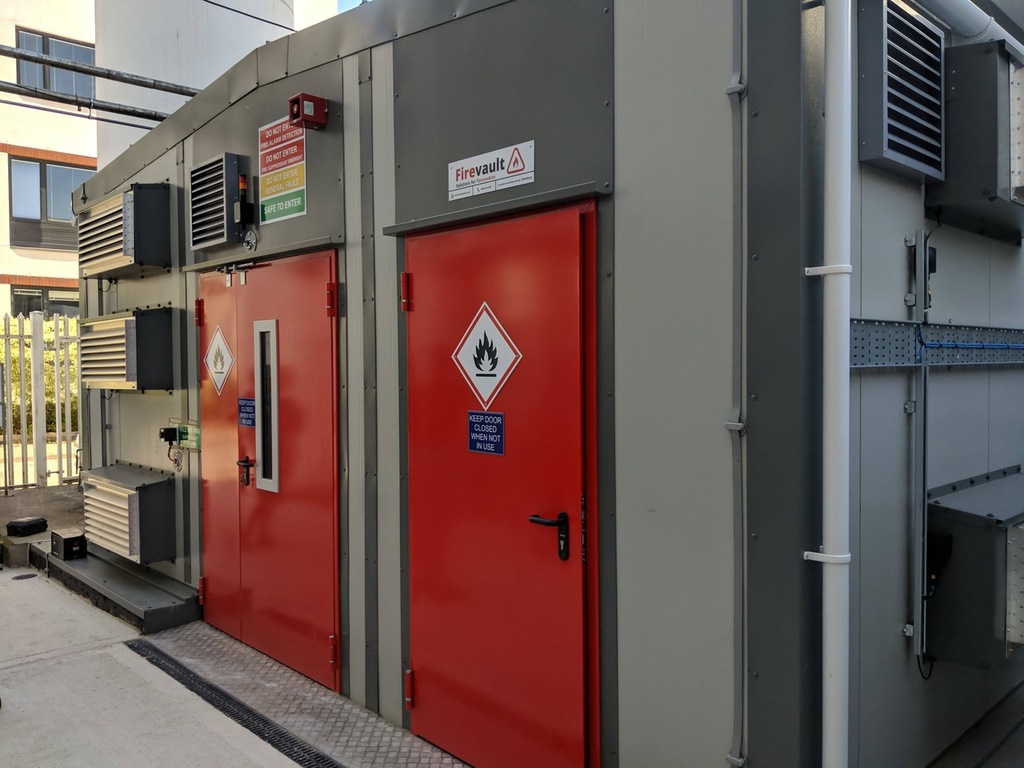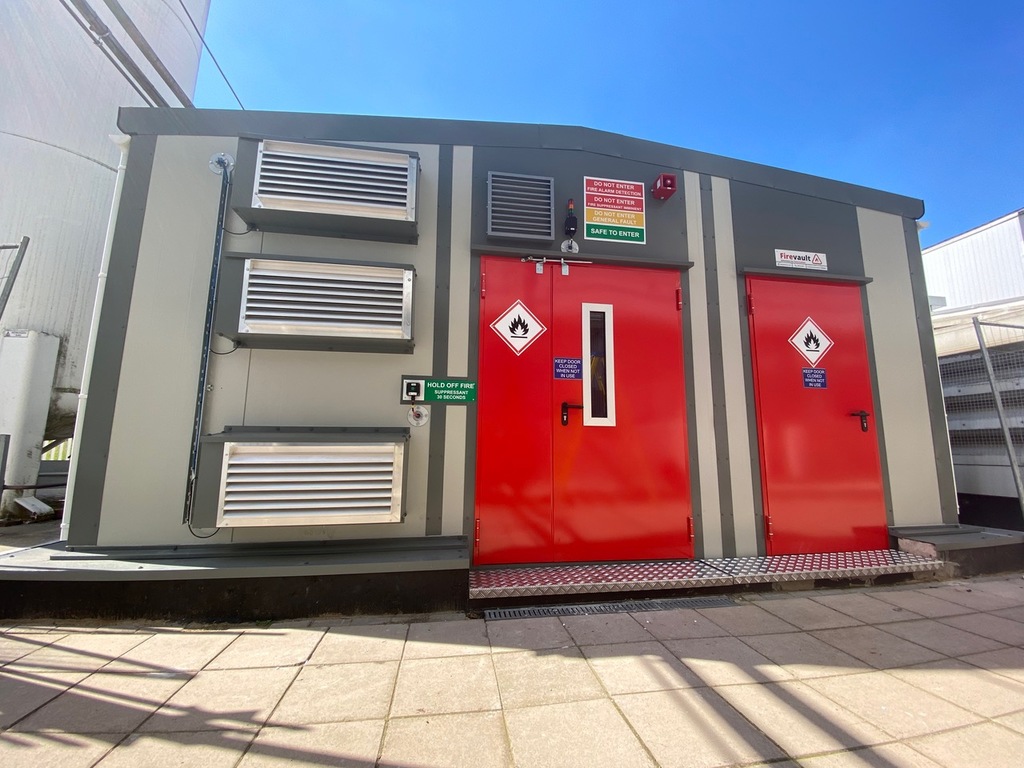
Kelly Rose
Editor

Kelly Rose
Editor
Stephen Mansell explains how businesses can better understand the hazards associated with storing flammable substances and highlights some common errors.
MOST BUSINESSES understand that they need to take care when storing flammable substances. However, warehouse fires are still a regular occurrence, and incorrect storage procedures often play a part in these incidents.
When a fire occurs, it is not necessarily the case that there is a complete disregard for safety, but some common mistakes put premises and people at increased risk.
One example is the assumption that storing drums containing flammable substances in an off-the-shelf chemical store means they are safe when this may well not be the case. Often standard stores don't offer thermal protection, which means once the weather heats up, the products inside the store do too at which point they can start to give off a flammable vapour and become hazardous.
The most common example of this is the use of converted shipping containers or single sheet steel designs, which perform like ovens in direct sunlight when internal temperatures can reach 60ºC+ in the height of summer.
With temperatures exceeding 40ºC in the UK for the first time on record in 2022 and temperatures generally on an upward trajectory this is an issue that businesses must take seriously.
Every site has a bespoke set of factors that should be considered. It's therefore helpful to consult a hazardous storage expert to ensure that you find the most appropriate solution for your needs, but this doesn't mean you can't do some groundwork first to help you build a picture of your requirements.
A helpful reference tool when looking at how to store a flammable substance safely is the product's Safety Data Sheet (SDS) which will either be provided with the product or be available online - if in doubt contact the manufacturer/supplier. Safety Data Sheets can seem overwhelming but once you know what you are looking for they are pretty easy to navigate and the following steps can help.
1. Identify the chemical. First of all, you need to know what you're dealing with so refer to sections 1& 2 of the Safety Data Sheets to identify the substances you want to store and their associated hazards. Once you have this information, use section 9 of the Safety Data Sheet to determine the flashpoint of the substance – make sure you are clear about the difference between the flashpoint and the auto-ignition temperature, as these are easily confused. A misconception is that the flashpoint of a liquid is the temperature at which it auto ignites – this is incorrect – the temperature at which it auto ignites is called the autoignition temperature. The flashpoint is the temperature at which the liquid gives off flammable vapour. It is not the liquid, but the vapour that ignites, so storing a product below this temperature means no flammable vapour is created. Controlling the temperature also has another benefit that the flammable or hazardous material may work better in process or application when stored at a certain temperature, this temperature can be found in Section 7 of the Safety Data Sheet.
2. Consider compatibility. If you are storing more than one substance, consider whether they are compatible, as certain chemicals need to be segregated within a storage facility. Refer to Section 10 of the Safety Data Sheet to identify incompatible materials.
3. Define the application. Consider how you use the substances, as this will affect the level of risk. Bulk storage of unopened items in sealed containers poses a much lower risk of giving off a flammable vapour than storing products in use where a seal has been broken, and lids may not be replaced properly. That said, manufactured sealed containers can cause an issue when stored above the flashpoint and the container is trying to release the vapour because the vapour has nowhere to go which will create pressurised containers that eventually rupture or burst. Remember that you need to consider what will happen to your store if a fire breaks out elsewhere in your facility as well as the risk of a fire breaking out within the store itself.
4. Combat the risks. Think about how you can combat these risks using a hierarchy of hazard controls approach. First, consider whether you could use an alternative substance that poses less risk. If this isn't possible, think about what you can do to reduce the risks. Firstly think about thermal protection and temperature control - ensuring a product is stored at the correct temperature as per the Safety Data Sheet will help to prevent flammable vapours from occurring - you also need a way of monitoring this temperature - preferably via a remote system that will alert you of any critical changes in temperature. Next, consider whether you need an extraction system to remove vapour in the event that it does get released; once again, this needs to include Volatile Organic Compound (VOC)/gas detection monitoring so you receive an alert if there is a rise in vapour so you can address the situation. The next step is to think about fire detection systems to raise the alarm if you have a fire - a double knock system can reduce false alarms so this might be worth considering. Your unit also needs to include the most appropriate fire suppression media, which varies depending on the hazard and will be highlighted in Section 5 of the Safety Data Sheet. Frustratingly sometimes the information within these sections can seem contradictory; for example, within the Safety Data Sheet for acetone Section 5 recommends using water sprays but not using water jets - this is why consulting an expert in hazardous storage is advisable. There is also some confusing and contradictory information surrounding the most appropriate media for extinguishing lithium-ion battery fires. This reiterates why it is important to consult a hazardous storage expert with experience in these areas.
Stephen Mansell is sales manager at Chemstore UK. For more information, visit www.chemstore.co.uk


329 Putney Bridge Road
London
SW15 2PG
UNITED KINGDOM
0208 704 1807